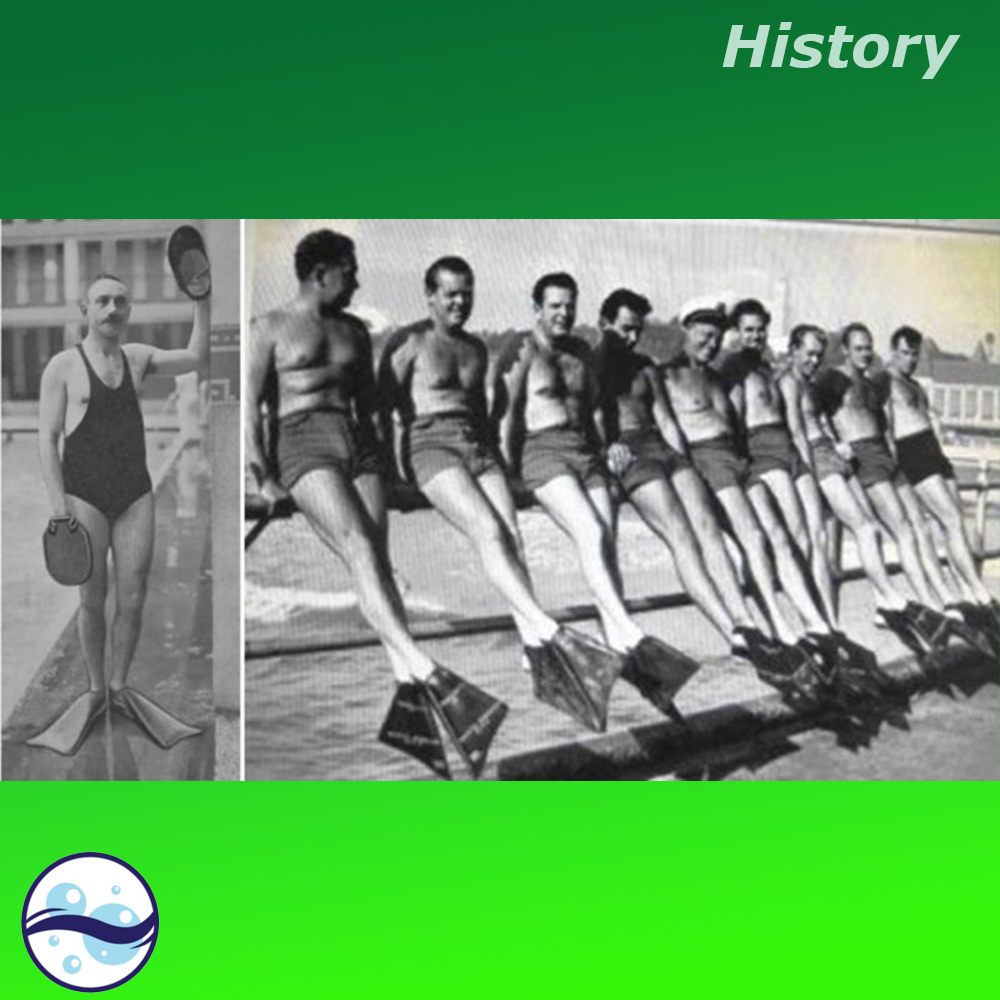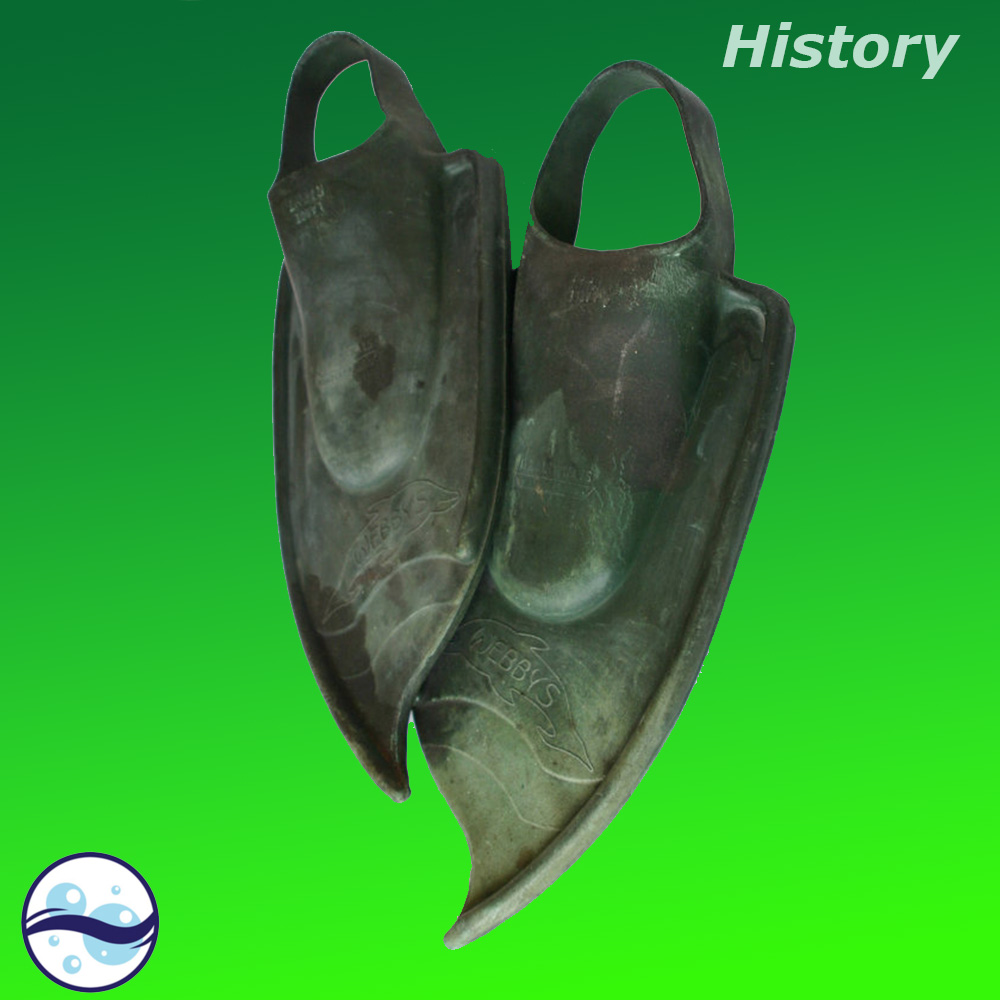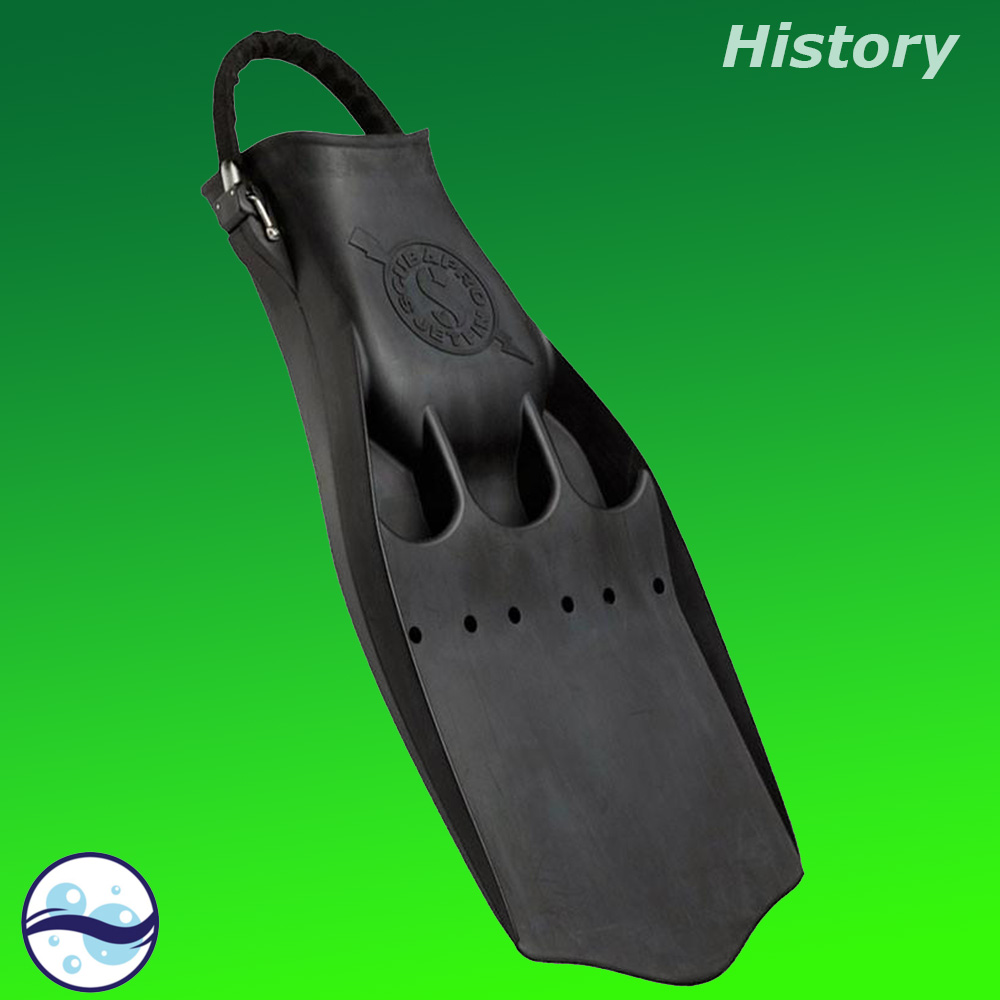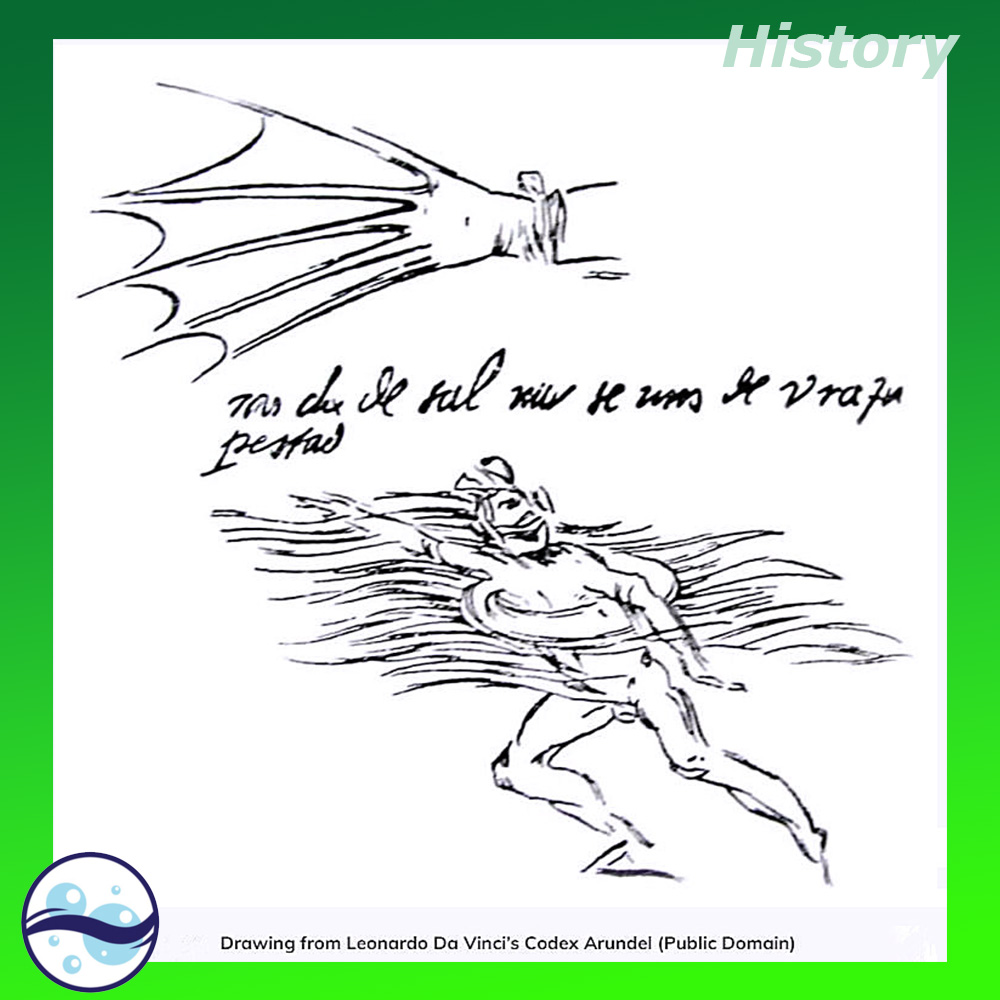The Unveiled Secret of Fins: Who Invented the “Wings” Under the Sea and How They Changed Our Blue World
|| ScubaLiveTV || Insights || Actuality || Interviews || TV Web || History || Scuba Diving || Freediving || Video collection || Nature and Environment || Collaborate with us ||

The Unveiled Secret of Fins: Who Invented the “Wings” Under the Sea and How They Changed Our Blue World
Hey, fellow divers and aspiring abyss explorers, it’s me, Francesco Cordone, your PADI instructor who can’t resist a good plunge among the corals. Today, I’m taking you on a thrilling journey, one that keeps me up at night: I’m about to unveil a secret many think is lost in the mists of diving history. We’re talking about fins, those trusty companions that make us feel like dolphins among the ocean floor. But who was the true genius behind their invention? It’s not Leonardo da Vinci with his brilliant sketches, nor Benjamin Franklin with his boyhood wooden paddles. No, the name to spotlight is a visionary Frenchman: Maxime Louis-François Corlieu. Buckle up, because this story is a mix of ingenuity, war, and pure passion for the sea—and it’ll make you want to strap on those fins right away!
- PADI Professional Freediving Courses
- PADI Freediving Specialty Courses
- PADI Freediving Recreational Courses
Let’s dive in, nice and orderly, like a well-planned dive. Picture the 1920s: the ocean is still a mysterious realm, and swimming underwater is a heroic feat. Corlieu, a French naval engineer with a knack for adventure, watches divers flopping around like clumsy frogs. “Enough with awkward arms and legs!” he thinks. In 1923, after years of tinkering, he patents his “palmes de natation”—literally, swimming palms. These weren’t beach-snorkeling flippers but true extensions of the feet: sleek, ergonomic, designed to turn leg kicks into smooth, powerful propulsion. He first pitched them in 1914 to a group of French navy officers, including Yves Le Prieur (the guy who’d later invent early scuba regulators), but World War I delayed everything. It wasn’t until the 1920s that Corlieu refined and marketed them, sparking a quiet revolution. Here’s the plot twist, the “mysterious secret” I wanted to reveal: Corlieu wasn’t just a lone inventor. His fins reached Italy in the 1930s, adopted by the Italian Navy for the Gamma divers of the Decima Flottiglia MAS—those legendary frogmen who operated like underwater ghosts at night. Picture this: in 1939, during a drill at the mouth of the Serchio River in Tuscany, these heroes test the fins for silent raids. They worked like a charm! But the story doesn’t end there. After the war, another Italian steps in: Luigi Ferraro, a former Gamma diver and pioneer of civilian scuba. In 1951, working with the Cressi brothers (those master artisans from Genoa), Ferraro redefines the design and patents the iconic “Rondine”—swallow-shaped fins with soft, buoyant rubber blades, perfect for freediving and spearfishing. It’s as if Corlieu laid the foundation, and Ferraro gave it an Italian flair: elegant, efficient, and legendary.
- Divemaster PADIDescription: The PADI Divemaster course organized by Underwater Academy is a pivotal step for those pursuing a career in the diving industry. Through this advanced program, students acquire specialized skills
- EFR Instructor PADIThe PADI Emergency First Response Instructor certification ensures confidence in one’s ability to respond effectively and is recognized and appreciated by the diving community and instructors. Sharing acquired knowledge and
- PADI Public Safety DiverIf you have the opportunity to work with local authorities and be part of an underwater rescue team, conduct search and recovery dives, or even participate in underwater criminal investigations,
And the evolution? Oh, folks, it’s an epic saga! From the 1950s, when Owen Churchill brought fins to the U.S. (and a shipment got torpedoed by a German U-boat—true wartime drama!), fins became a must-have. In the 1960s, the Cressi brothers pushed innovation with the Rondine Gara, reinforced nylon blades for freediving champs. Jacques Mayol, the “king of freediving,” used them to break the 100-meter barrier in 1983, thanks to those long, flexible fins. Then came the boom: in the ‘70s and ‘80s, materials like silicone and carbon fiber entered the scene. Fins got lighter, stiffer for technical divers or softer for beginners. Today? We’re talking masterpieces: split-blade fins to reduce fatigue, kevlar inserts for extreme freedivers, or eco-friendly bioplastic models. And let’s not forget the monofin, invented in the 1970s by Russian Aleksandr Porotov, smashing depth records like an underwater missile.
Why am I telling you all this with such excitement? Because fins aren’t just gear—they’re a bridge to freedom in the abyss. Think about the benefits for scuba diving: better propulsion efficiency means less effort, more air saved, and longer dives without exhaustion. For freediving, they’re a godsend—reducing drag, allowing wider blades, and helping maintain a horizontal trim, crucial for deep dives without burning precious oxygen. Imagine gliding over a wreck or chasing a school of barracuda with feline grace: that’s what fins have brought, democratizing marine exploration. Before, swimming underwater was an art for the elite; now, with a pair of good Rondine or modern fins, anyone can feel part of the ocean. And the perks go beyond: they improve posture, strengthen legs, and, let’s be honest, make every dive a bit more magical.
Friends, if you haven’t already, dust off those fins from the garage and give them a go. The secret’s out: from Corlieu’s hands to the waves of the future, fins have taught us to fly underwater. Next dive? Drop me a line—maybe we’ll meet among the corals!



Author: Francesco Cordone
Photo: by web












